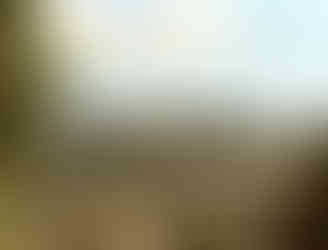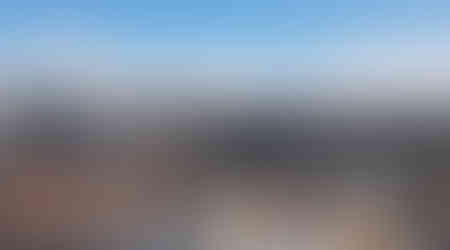ABSALOM TOMB IN THE RESURRECTION VALLEY
- Levi Zelkind - Best Israel Tours

- Jul 12, 2020
- 2 min read
At the bottom of the Mount of Olives, in a valley called Kidron (or "Resurrection Valley"), facing Jerusalem Temple Mount, stands a tomb. Actually, the entire area is a huge ancient cemetery with dozens of thousands of tombs, but this is one of the famous and largest of all. The name of this tomb is called in Hebrew "Yad Absalom" (In the Memory of Absalom").
Views of Kidron Valley and Temple and Olive Mountains
3,000 years ago Absalom, the third and the most favorable son of King David, led a mutiny against his own father. Eventually, the mutiny was defeated, and Absalom fled away riding a donkey. The Bible tells us that Absalom was very proud of his long and beautiful hair, but this hair eventually brought his death – during Absalom' escape the hair was caught between the branches of a large tree, preventing further escape. Absalom was caught mid air, and was brutally killed by David' general, Joab.

"Absalom donkey" at Olive Mount
In spite of Absalom' betrayal, David mourned the death of his beloved son (2 Samuel 18:33): “And the king was much moved, and went up to the chamber over the gate, and wept: and as he went, thus he said, O my son Absalom, my son, my son Absalom! Would God I had died for thee, O Absalom, my son, my son!”
So, Absalom was eventually buried at this site. Already before his time, the slope of the Mount of Olives had become a Jewish Cemetery, which up to our days in the oldest and the biggest existing Jewish Cemetery in the World. Ancient tradition claims that Kidron Valley will be a site of the Resurrection at the Last Judgement Day, and this is not a surprise that the Jews, after following them, also the Christians and the Muslims, all wanted to be buried exactly at the place where their bodies will be resurrected at the End of the Days.
Absalom Tomb ("Yad Absalom")
According to the Bible, the tomb was built by Absalom himself in his lifetime, since he had no sons who would build the tom in the future. For 3,000 years the site was covered by small rocks, thrown on the tomb by pilgrims visiting Jerusalem. This throwing of the stones was intended to show their disgust against the acts of the son rising against his father. In 1925 the area was cleaned from the huge piles of the stones accumulated in thousands of years.

Inside the Tomb (1940-ies photo)
The entire tomb is cut into the natural rock and is indeed a highly elegant, remarkable and very beautiful memorial. The existing tomb' design is attributed by the modern scholars to 1st CAD, and so the memorial may have been reconstructed a thousand years after Absalom

Kidron Valley - Prophet Zechariah and Bnei Hazir Tombs
Still, even if it turns out that it isn’t the original Absalom’s Pillar, the structure – like the nearby Pyramidal Prophet Zechariah’s Tomb – stands as an important Jerusalem landmark and a prime example of the Ancient architecture in the Holy Land.













Comments